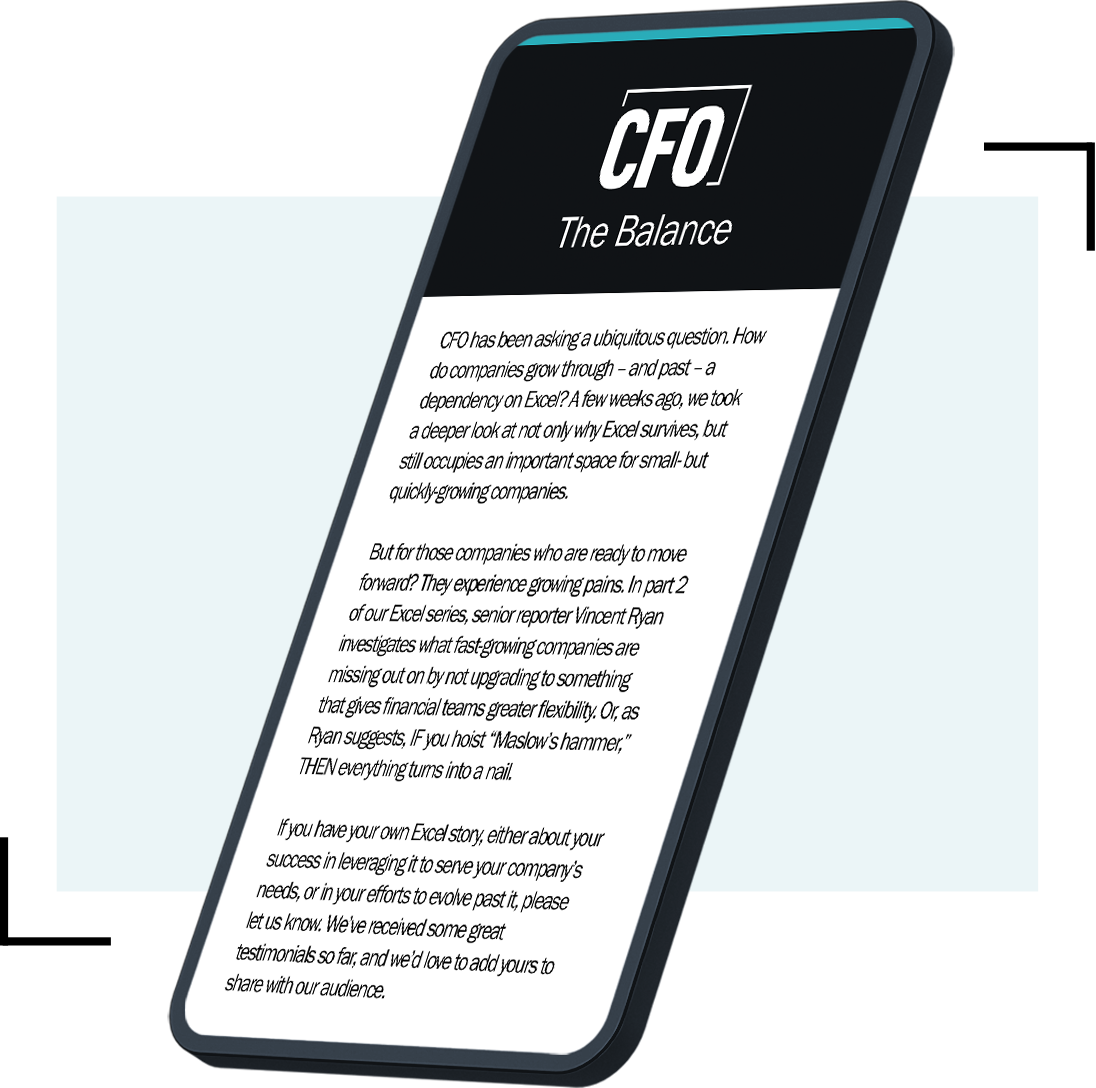By the beginning of 2022, the consumer price index was already at 7.5% after 10 straight months of readings above 2%. Yet the U.S. was also only a handful of months past the Fed’s initial blasé reactions to historic price increases. The effective federal funds rate stood at only 0.08% on New Year’s Day.
Things changed in a hurry. Inflation became the economic story of 2022. At CFO, we focused coverage on the myriad ways higher costs were hitting businesses, from indirect spend to employee wages to the tech stack. The return of historically high price increases, the effect of which hadn’t been felt in 40 years, required much pivoting from CFOs.
Given the Federal Reserve has yet to beat inflation, the following 8 stories are just as applicable heading into 2023.
1. Inflation Reduction Act Burdens Small and Midsize Businesses: Opinion
For SMBs, the cost to complete tax forms jumped from $3,000-$4,000 per form prior to 2017 to up to $15,000 this year.
2. CFOs Must Face Tech Stack Inflation by Balancing Priorities
Here’s how to help your organization battle the inflationary pressures attacking tech strategies and thrive amid rising costs.
3. 4 Tips for Cutting Indirect Spend
Manage spending on items such as office supplies, furniture, and professional services to help offset inflation.
4. Myron Scholes Says Odds Favor ‘Hard Landing’
The Fed is not going to slow down its inflation-fighting campaign because real rates are still too low, says the Nobel Prize winner.
5. Employers Project 5.6% Jump in Health Benefit Costs
The increase for 2023 may rise even higher as insurance carriers price record inflation into employers' renewal rates, per a Mercer survey.
6. Opinion: Zero-Based Budgeting Emphasizes Growth, Cost-Cutting
Zero-based budgeting is not only a tactic for those companies in dire straits but also for those who are in early growth stages.
7. CFO Conundrum: We Need Workers, But Can We Afford Them?
Finance executives are playing a dicey game of shoring up their companies’ workforces in an era of high employment and runaway inflation.
8. Planning for Inflation’s Impact
CFOs have crucial decisions to make regarding productivity, growth pursuits, and technology investments









